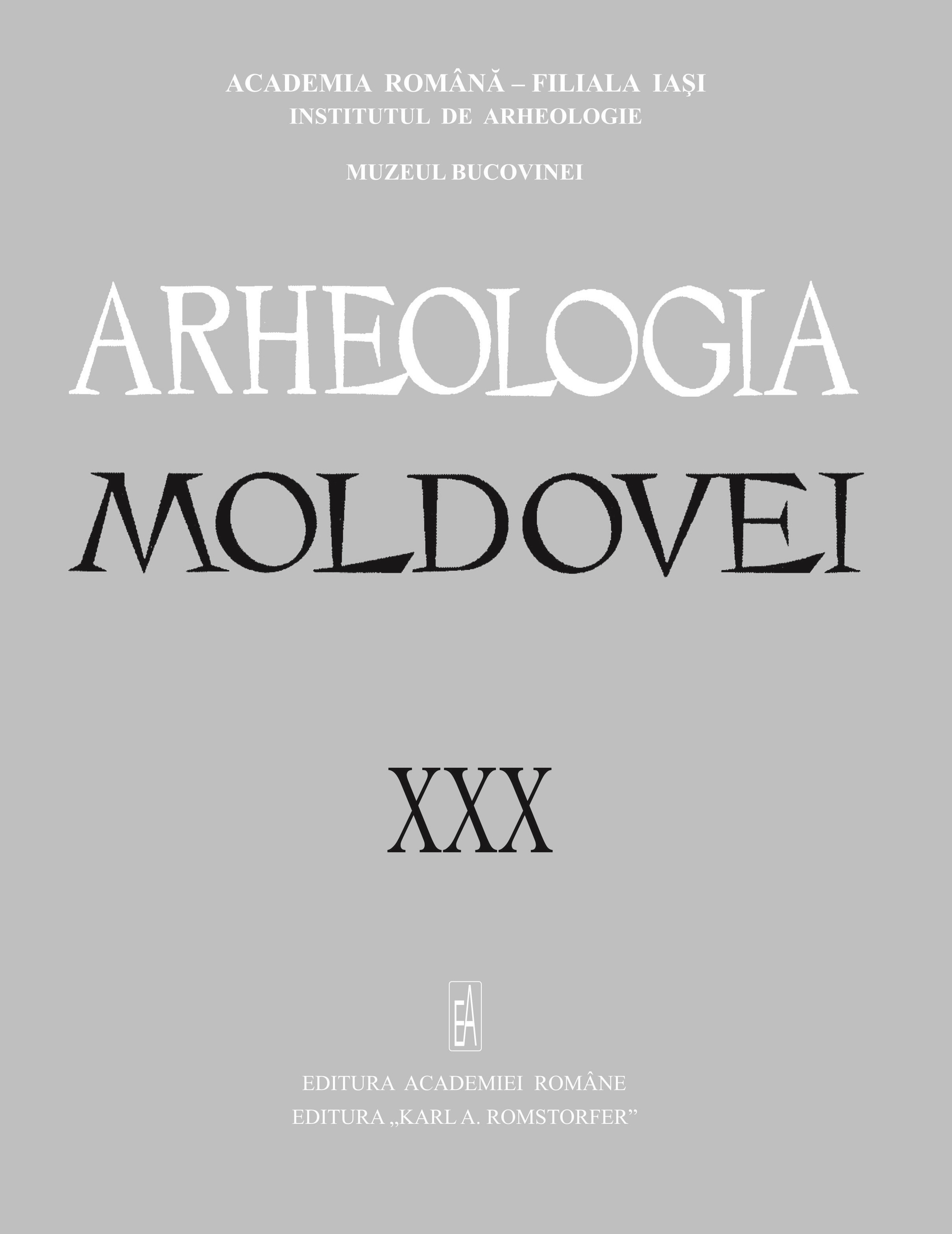Semnificația purtării crucilor pectorale descoperite la nord de Dunăre în secolele VI-VII
The Significance of 6th-7h Pectoral Crosses Discovered North of the Danube
Author(s): Alexandru MadgearuSubject(s): History, Archaeology, Cultural history, Ancient World
Published by: Editura Academiei Române
Keywords: pectoral crosses; 6th-7th centuries; Danube; roman province Dacia; Walachia; Moldavia; Slavs;
Summary/Abstract: The step by step conversion fulfilled after the 4th century led to uniform spreading of the Christian relics in the area of the former Roman province of Dacia, but also to their extension outside this territory, in Walachia and Moldavia. The liturgical objects were concentrated mainly in Transylvania, Banat and Oltenia, while the pectoral crosses and the moulds used for their production, as well as other objects with cross decoration (medallions and finger-rings) were discovered especially in Moldavia and Walachia, the regions invaded by the Slavs in the 6th century. This difference between the former territory of Roman Dacia and the outside regions illustrates, on the one hand, the existence of a cluster of Christian communities centered especially in the former cities in Transylvania, preserving relationships with the empire until the first decades of the 7th century, and, on the other hand, a connection between the Romance-Slavic coexistence and the wearing of the pectoral crosses and of the similar objects.
Journal: Arheologia Moldovei
- Issue Year: 30/2007
- Issue No: 1
- Page Range: 129-136
- Page Count: 8
- Language: English, Romanian

